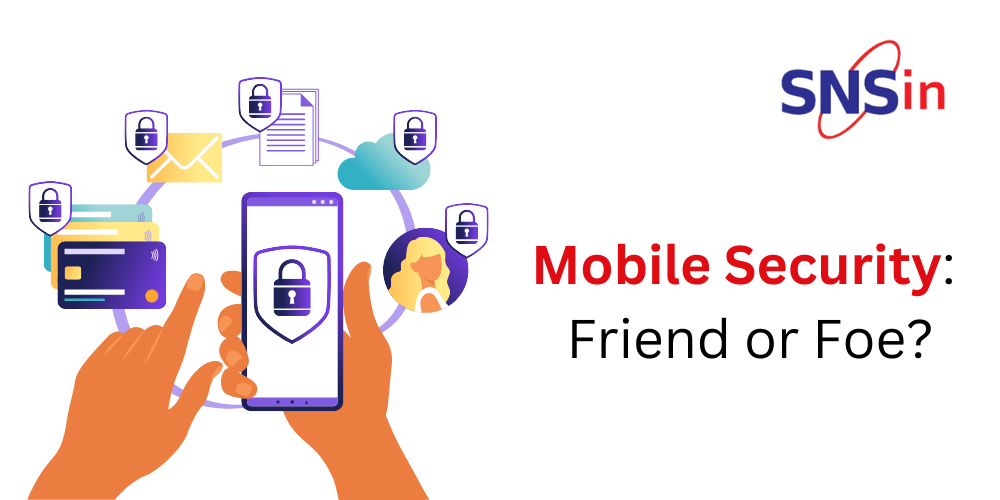online financial transactions. Traditional banks are also now committed to serving the interests of their customers by resorting to the online mode of doing transactions. Blockchain technology is now being used along with conversational AI bots to ensure smooth functioning and a secure interface for online banking. Being called out as a technology expected to change the way business is done, blockchain has made its presence not only in the banking sector but across industries such as healthcare, government, retail etc.
What Is Blockchain Technology?
In essence, a blockchain is a distributed ledger of databases that are shared among users that creates an unchangeable record of their transactions. The transactions are secured cryptographically to ensure safety and prevent data theft. Distributed ledgers work as a platform of trust because they are more difficult to hack. The tamper-proof technology of blockchain ensures that all parties operate with the awareness that they are all working within the same structure of the financial history. A sequence of transactions in a particular order links the data which makes the blockchain. In payments, this ensures quick and easy processing of the transactions. In the banking sector, blockchain can guarantee the reliability and security of data in ways that are inconceivable when compared with traditional security practices. It is quickly becoming one of the major technological branches under the present circumstances. Many top international banks and business firms too have chosen to adopt blockchain to improve efficacy and safety.How Does Blockchain Make Financial Transactions Secure?
All nodes of the blockchain have an identical valid copy of the record. While everyone can review the blockchain entries, the update of records will be possible only when there is cooperation and consensus between the majority of the parties. When used in banking, a consensus mechanism is at work which accomplishes trust and security in the decentralized computer network. Below are some of the ways in which blockchain will make banking more secure.- Distributed Ledger Technology: The combination of the AI chatbot and a blockchain maintains a proper ledger of all transaction histories. The Distribution Ledger Technology (DLT) promotes transparency and trust between clients that their data will not be misused in any event. Details such as date, time and unique payment identifier are all recorded systematically in the DLT system. Moreover, transaction blocks previously stored in a blockchain cannot be overwritten, making data manipulation impossible for malicious attackers to keep a watch.
- Security against fraud: Blockchain reduces the chances of fraud as it leaves behind a clear audit trail. The blockchain trail is maintained by thousands of computers linked together, which means there is no central point for hackers to attack and the network to be compromised without leaving any evidence behind. The multiple redundancies ensure the impossibility of altering any information once it has been uploaded to the network. Amidst rampant cybercrime and ransomware attacks across industries, this aspect of blockchain makes it extremely helpful and relevant for the banking and financial industry. Keyless Security Infrastructure (KSI) stores data in hashes and runs an algorithm for its verification. Thus, data manipulation can easily be spotted and dealt with.
- Reduction in human error: Cases of cyber-attacks and hacking have revealed time and again that human errors resulted in discrepancies in account-keeping, reconciliation and other aspects of financial trade. A simple human error, even in security operations, can leave an entire network to become vulnerable and therefore visible to cyber-attackers. The automated method through which blockchain records transactions cannot be altered at any step. Many manual processes can be phased out, therefore reducing the scope for human errors and improving efficiency and limiting the impact of cybercrimes.
- Securing internal communications: Blockchain technology plays a key role in securing internal communications, which are prone to data leaks and thefts. In blockchain-based systems, metadata is scattered in the DLT and cannot be traced to one centralized point.
- End-user protection: Easy logins and centralized IT infrastructures in organizations pose a major cybersecurity threat. Deployment of blockchains enables user authentication and use of devices only through passwords, thereby adding another layer of security. This removes the human factor from banking security and provides strong authentication, facilitating speedy identification of the point of attack in case of a security breach.
Conclusion
Blockchain technology is slowly making its way to the banking and financial services industry. It is also capable of changing the security structure of the banking sector. Remittances, foreign exchange, cross-border transfers and all other banking transactions are aspects where blockchain is sure to make a huge impact on security.ABOUT SNS
Security Network Solutions (SNS) provides a quantifiable, risk-based approach to building a global structure of cybersecurity infrastructure based on internationally recognized frameworks and practices. We have been providing services and catering to clients across industries for the last 22 years. Write to us at [email protected] or visit us at www.snsin.com.Swathi
AuthorWorking IT professional and a Cyber Security enthusiast. Passionate to write about Cyber Security topics and Solutions. I share my insights as I study articles and trending topics in the field of Cyber Security.
![]()




